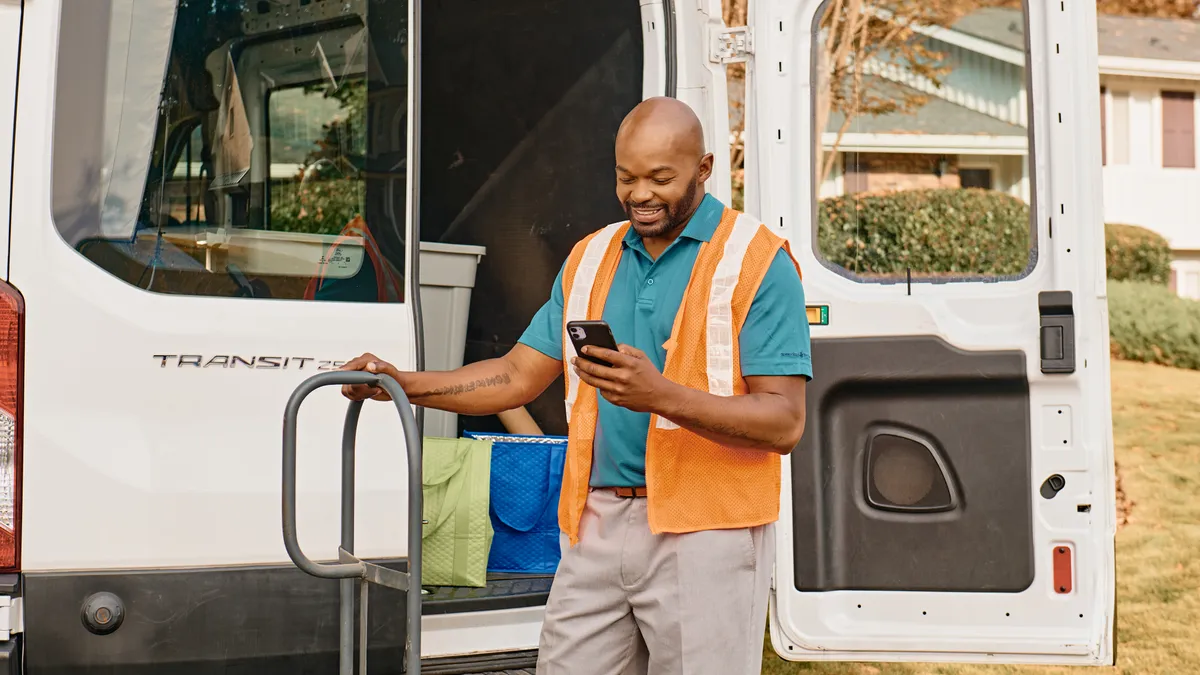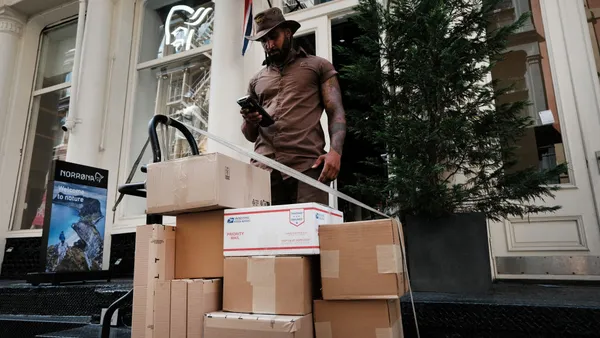Thanks in large part to Amazon’s pioneering delivery practices, today’s consumers increasingly make purchasing decisions based on which retailer can deliver their orders the fastest. McKinsey reports that almost half of shoppers abandon their online carts if shipping times are too long or aren’t provided.
Retailers have no choice but to respond or lose the sale. But responding to consumer expectations for delivery speed often requires significant changes in technology, processes and partnerships. As a result, brands often need to change how they fill orders, where they fill them and how they’re delivered.
Change is good, though. Offering fast delivery can give retailers the competitive edge needed to grow. A recent Attabotics report revealed that 80% of surveyed executives see same-day delivery as a way to increase revenue while reducing supply chain costs.
Data from same-day delivery platform Roadie supports this conclusion. According to data tracked by Roadie, one retailer with 700 stores nationwide generated an additional $1 million in sales in the first two weeks after onboarding with the crowdsourced delivery provider.
Despite these numbers, the prospect of change can be daunting. Stepping away from the status quo intimidates many logistics stakeholders, who fear mistakes might cause unexpected disruptions. Even so, slow delivery capabilities simply aren’t sustainable. With 99% of retailers saying they will offer same-day delivery by 2025, companies that want to remain competitive but are reluctant to change will have to overcome concerns.
Thoughtful planning with a trusted partner will minimize disruption risks while maximizing success when implementing new delivery solutions. A good onboarding process should include identifying and addressing potential internal obstacles, testing processes and systems and communicating continuously with stakeholders at all levels.
Identify and address internal obstacles
Inventory visibility is one of the biggest issues holding companies back from implementing speedy delivery. Achieving ultrafast delivery becomes a more complicated proposition if a company needs to catch up in its digital supply chain transformation. To get started, brands must know the real-time location of all inventory.
On the other hand, large retailers poised to leverage the benefits of same-day delivery often allow API integration to delay their success. This delay happens because fully integrating a retail, e-commerce or DTC brand’s systems with those of a delivery platform r can take up to a month or more. Unfortunately, online shoppers clamoring for same-day shipping aren’t always known for their patience.
Not all solutions can provide a speedy API integration, making it essential that companies vet crowdsourced delivery platforms carefully to ensure a seamless integration process. Senders can also avoid same-day delivery pilot launch delays when the delivery provider offers alternatives to API integration, like bulk uploading of deliveries via a web portal. That way, testing and data collection for same-day delivery can begin nearly immediately and happen in tandem with the API integration.
Test and learn
Implementing an ultrafast delivery system that will meet shopper expectations doesn’t require retailers to go all-in immediately. Instead, the most successful brands introduce same-day delivery in stages, beginning with a pilot program in a major market that tests the concept and refines processes before expanding.
Starting in one or a few markets allows brands to identify ideal delivery cutoff times for orders, whether the store or warehouse location can deliver within the designated window, and if the order pickup location for drivers works well, among other factors. They capture successes, too and adjust processes to mitigate speed bumps in future rollout markets.
Communicate and communicate again
Change doesn’t come easily for many. Of course, some of us like to know what’s around the corner, but when deploying new procedures, that isn’t always possible. Still, retailers can reduce uncertainty around new operating methods by involving stakeholders in the planning and communicating what’s happening, why and how it will work.
“In our experience, the people most concerned about disruption are often those implementing the new processes rather than the decision-makers. It’s a legitimate concern – a pilot program’s success depends on how those on the ground execute operational changes and the feedback they offer to improve it,” says Christopher Webster, Customer Success Manager at Roadie.
Regular communication and new process training help boost confidence. So does gratitude for a job well done after a pilot program’s success.
Get set up before peak season
While small- and mid-sized retailers using a web interface to manage deliveries can be fully up and running in a few weeks, retailers with large networks relying on integrated technology need more time. API integration timelines can vary widely based on the specific vendor, so it’s essential for senders to start early.
“Many of the brands we’re onboarding now have told us they want this new, enhanced delivery option in place before the peak holiday season so they can fully leverage the advantage it will give them over competitors that aren’t there yet,” says Webster.
Consumer demand for ultrafast delivery has made same- and next-day capabilities a necessity rather than an option. Planning, testing and communicating – along with implementing procedures already tested by those before them – will position retailers for success. Find out more about how same-day delivery improves your value to your customers.










